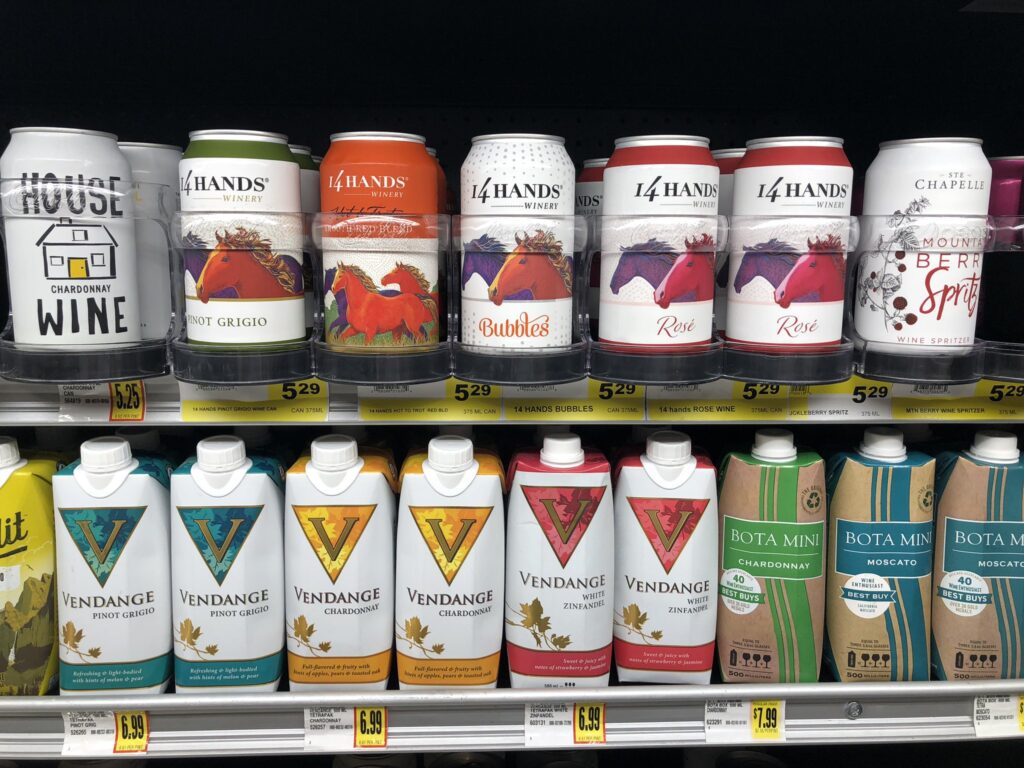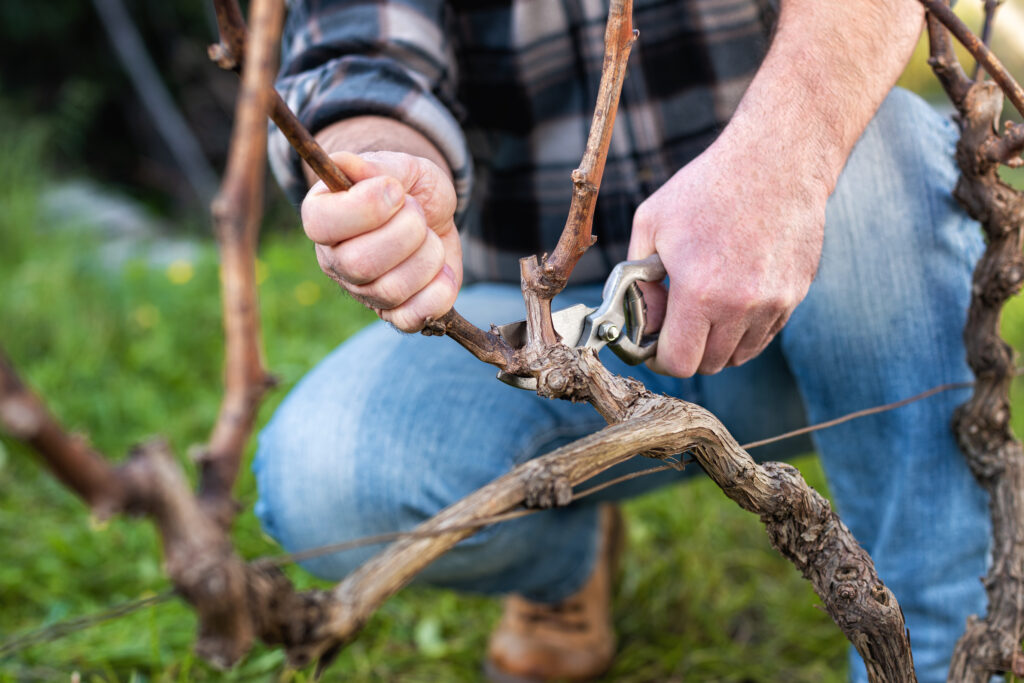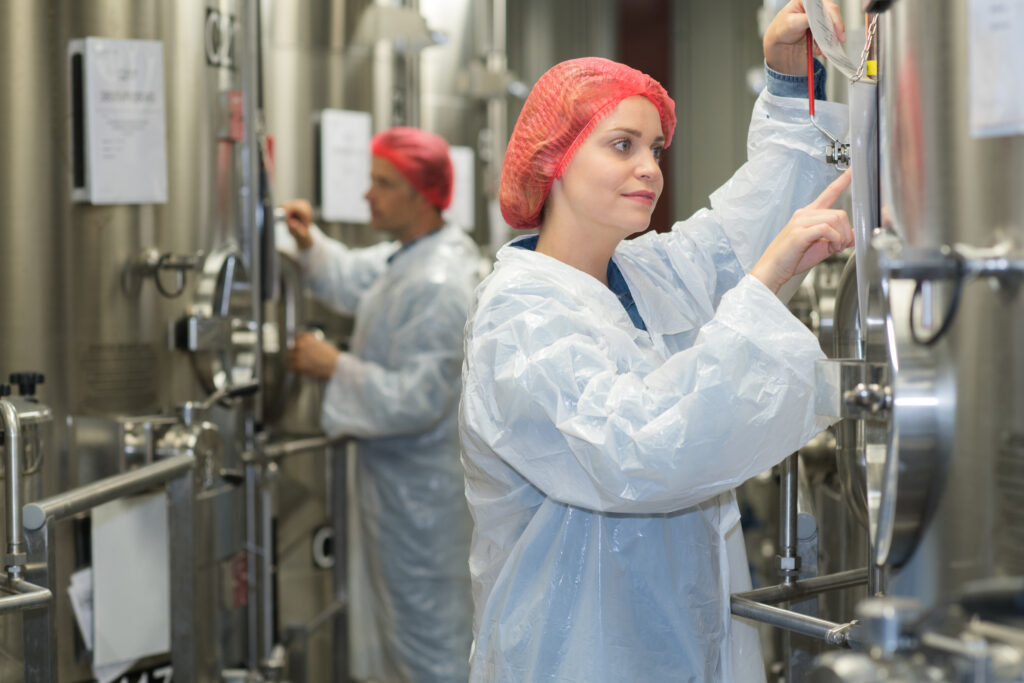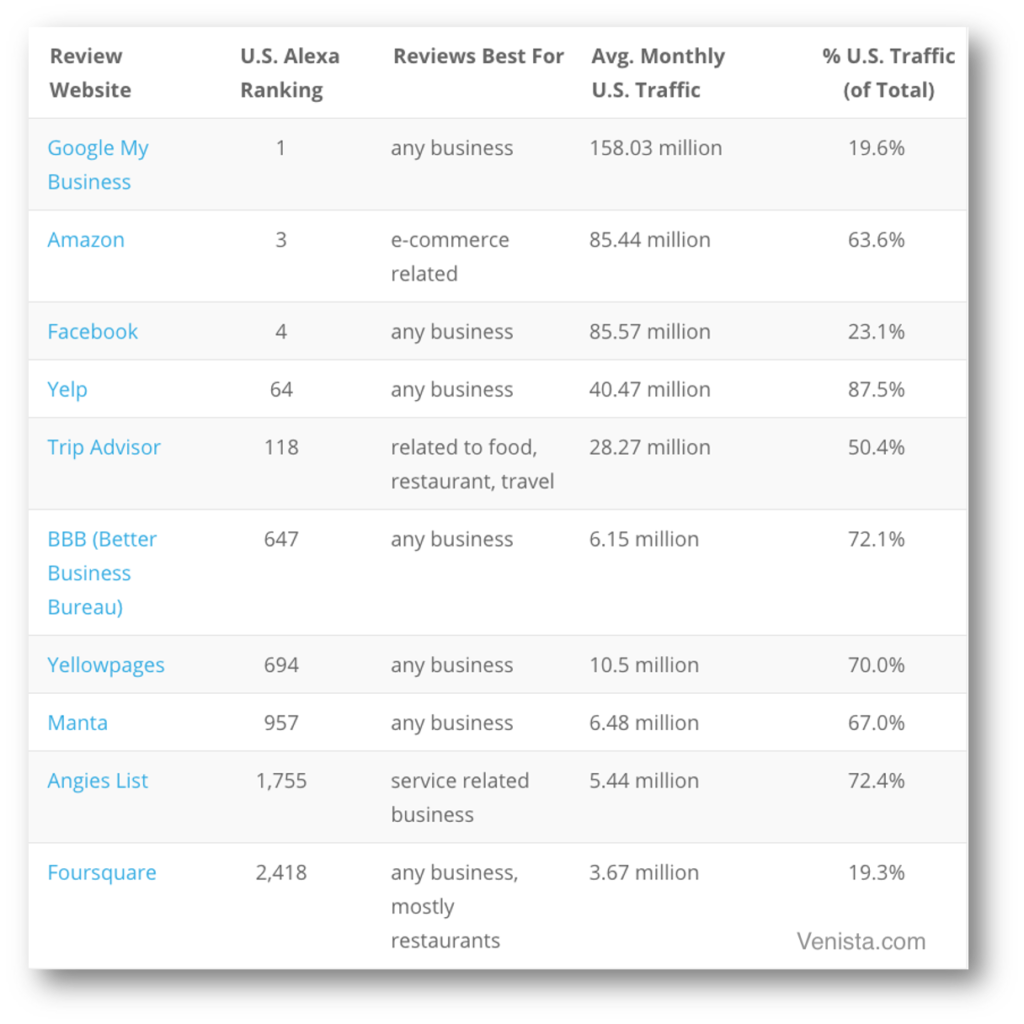
By: Quinton Jay
The year 2020 was a complicated one for the wine and spirits industry. According to information published in Beverage Industry, the sale of wine at retail and convenience stores grew by some 11.4% in multi-outlet stores throughout the 52 weeks between December 1st, 2019, and November 29th, 2020, and champagne, as well as other sparking wines, saw year-over-year growth by nearly 29%, topping sales at roughly $1.6 billion.
This boost to wine sales, however, could not fully offset the losses incurred by many other businesses throughout the wine and spirits (WS) industry.
Fortunately, the U.S. seems to have since turned a corner in the pandemic struggle, and most restaurants and other WS businesses like wineries, distilleries, and breweries (WDBs) that were able to survive the brunt of the COVID-19 pandemic’s impact are now back open and able to serve customers indoors, or at least in some form of hybrid indoor-outdoor seating arrangement. While this return to normalcy should help the WS industry experience an upswing capable of putting business back on track, some industry experts are still analyzing the true depth of impact the pandemic has had on the industry and the businesses in it, regardless of whether those businesses survived the pandemic’s fallout or not.
One such expert is Quinton Jay, a WS industry expert, Japanese whisky otaku, and industry consultant with more than 20 years of experience in owning, building, operating, and investing in businesses–specifically those in the wine and beverage industry. We recently sat down with Quinton to learn more about the trends he saw arise within the WS industry throughout the events of last year’s pandemic, how those trends impacted the WS industry as a whole, and where he sees the industry heading over the next few years as a result.
WS Trends Resulting From COVID-19
According to Jay, one of the most widespread trends that impacted the WS industry as a result of the pandemic was the increase in the amount of WS businesses – including WDBs – that began offering e-commerce and Omnichannel retail marketing. By offering these channels, businesses across the entire WS industry were able to continue selling products directly to consumers (D2C), saving many businesses from having to shut their doors to customers – both online and offline – for good.
“Methods like Omnichannel retail allowed businesses in the industry to continue selling products D2C,” Jay tells us. “For many businesses, especially WDBs, this was the difference between surviving the pandemic or not.”
Along with the growing trend of Omnichannel retail marketing, many business owners in the WS industry have experienced what Jay refers to as “business fatigue.” This feeling of fatigue is one that many business owners who experienced the pandemic can sympathize with, but for the WS industry specifically, it could mean more owners of WDBs, restaurants, eateries, or other businesses preparing for financial exits from their ventures.
“Business fatigue is a real thing,” Jay tells us, “and rather than simply close up shop and call it a day, the better option for business owners is to sell their company to someone willing to acquire, rebrand, and revitalize it.” This trend of business fatigue, according to Jay, could hint at other ways as to how the pandemic left a lasting impact on the industry.
The Lasting Impact of COVID-19 on the WS Industry
In describing the ways that Omnichannel retail marketing has affected the WS industry in recent years, Jay also mentions the historical lack of innovation – particularly technological innovation – within the industry. In mentioning this, it begs the question as to just how innovation, both during the pandemic and immediately following it, will evolve both for businesses and consumers.
“Many WDBs and other businesses in this industry aren’t necessarily at the forefront of innovation, especially when it comes to growing their market share,” Jay says. However, as Jay continues to explain it, the writing is literally on the wall for the continued growth of Omnichannel retail, given the industry’s historical customer demographics, current and emerging technologies, as well as the ever-evolving nature and growing competitiveness of the WS industry’s supply chains.
“The U.S. has been lagging behind much of the world in Omnichannel retail offerings, obtaining less than 10% of all global e-commerce sales for the WS industry compared to China’s roughly 25% share,” says Jay.
In these matters, Jay’s predictions may not be far off from aggregated industry data. For instance, according to McKinsey’s 2021 Consumer Report, e-commerce sales in the U.S. were projected in 2019 to reach 24% of all retail sales by 2024. This projection later increased to 33% by June of 2020 after the onset of the COVID-19 pandemic, seeing larger growth in e-commerce retail across the U.S. in six months than it had over the past 10 years.
“As we continue to emerge from the pandemic,” Jay continues, “I expect many more businesses in the WS industry – especially WDBs – will begin offering or broaden their offerings regarding Omnichannel retail as more American consumers opt for D2C retail channels.”
What’s Next for the WS Industry
As a result of the COVID-19 pandemic, every global industry was forced to evolve virtually overnight. The WS industry was no different. Along with broader implementations of Omnichannel and D2C retail methods and deeper technological innovations, Jay tells us that he also expects many businesses in the industry to rethink the way they operate internally and interact with customers on all levels.
“Overall, I think the pandemic has left many business owners in this industry feeling defeated,” Jay says. “As a result, we can expect to see an increasing number of companies in this industry become more creative in the ways they can target, reach, and sell their products to consumers, as well as become more innovative in the ways that they handle and react to crisis situations.”
Indeed, the revitalization of crisis management detail is one vital aspect that every business that survived the pandemic will inevitably have to revisit. For the WS industry in particular, this could mean the addition or inclusion of additional D2C sales channels (similar to the inclusion of Omnichannel retail), but also the way that many establishments in the industry hire and retain talented employees.
“The U.S. has been experiencing a hiring crisis over the last few months,” Jay adds, “and tons of restaurants, eateries, WDBs, and other businesses that survived the pandemic initially are now struggling to keep up with increased consumer demand as the threat of COVID-19 wanes. By implementing policies that promote employee safety and wellness, offering more competitive wages, and remaining adaptable enough to stay ahead of society’s ever-changing curve, the industry as a whole can prevent the detrimental effects that came as a result of last year’s pandemic from having such a deep and lasting impact in the future.”
How to Succeed in WS Post-Covid
As Jay mentions, there are a number of precautionary methods and strategies that business owners and managers, and other industry professionals in WS can use to better protect their businesses from suffering in ways similar to how they may have during the onset of the COVID-19 pandemic.
“The first step every business in the WS industry should take is to implement more actionable mea
sures in planning their business strategy,” Jay says. “Start by taking a look at what types and quantities of grapes you have coming in, what bulk wine you have in the tank, your total count of bottled finished goods, and become intimately familiar with your sales run rate: if you know those 4 things, you can plan out your business very well and forecast what your business should be focusing on acquiring in order to avoid jamming up your supply chain.”
For example, if your winery business finds that its sale run rate has slowed down, perhaps the winery needs to look at selling its bulk wine (wine in barrel or tank), or perhaps can temporarily focus on committing fewer grapes for an upcoming vintage. However, once any particular wine has been bottled, that’s it, which is why Jay says to avoid bottling your inventory until you know what your sales run rate is and how it directly impacts your business. While selling out of a certain inventory item can sometimes be a boon for your business, not selling enough can cause inventories to back up, alerting you that your business will need to discount other items and sell that portion of your inventory faster in order to get back into balance.
A second method WS businesses should consider, according to Jay, is to revisit and revitalize their plan regarding capital management, or the funding of their business initiatives as they pertain to the needs of a business’s financing or cash flow.
“Most business owners and professionals in the industry want their business to grow,” Jay adds, “but don’t realize how much money they need, especially regarding the lead time required for fine wines and of many products in the industry as a whole, especially aged beverage products.”
Indeed, as Jay explains, it can often take one year for most white wines and Pinots to be made and bottled, as well as 2-3 years on average for wines like high-end cabernets. Most red wines can take anywhere between 12-30 months to properly process in-barrel and add to their in-bottle age time from Grape to Bottle. This, of course, takes cash, which is why planning your capital budget is just as important as your sales plan.
By carefully considering these crucial factors to any business in the industry, Jay explains that they can be better positioned to survive in the face of the next inevitable threat the industry will face in the years to come.









